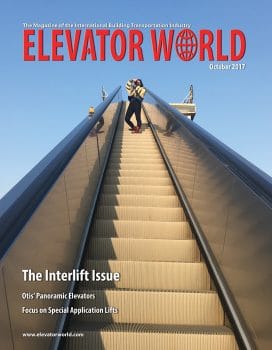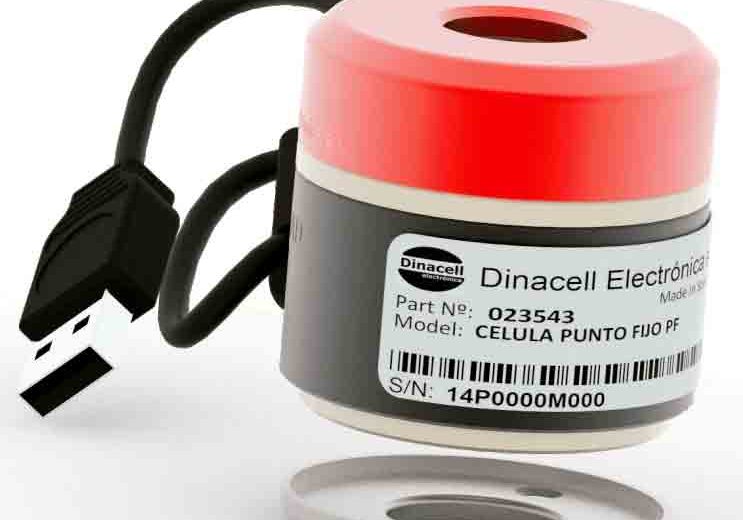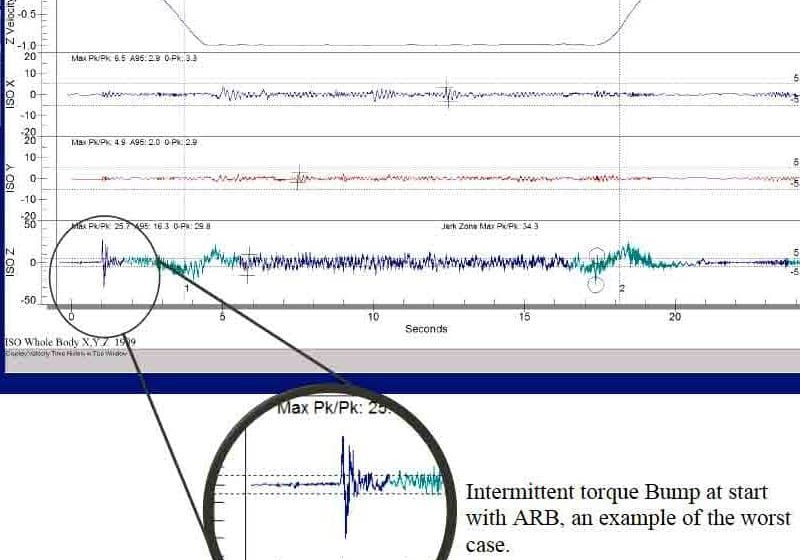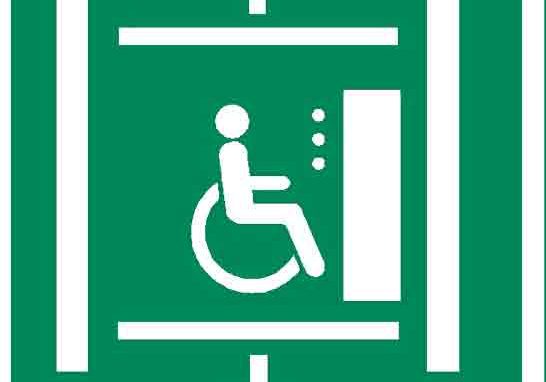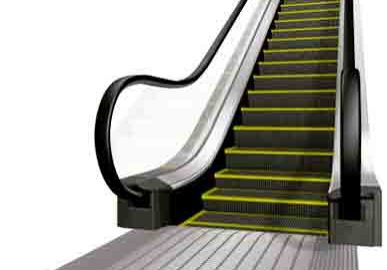Reaching Greater Heights submitted
Oct 1, 2017
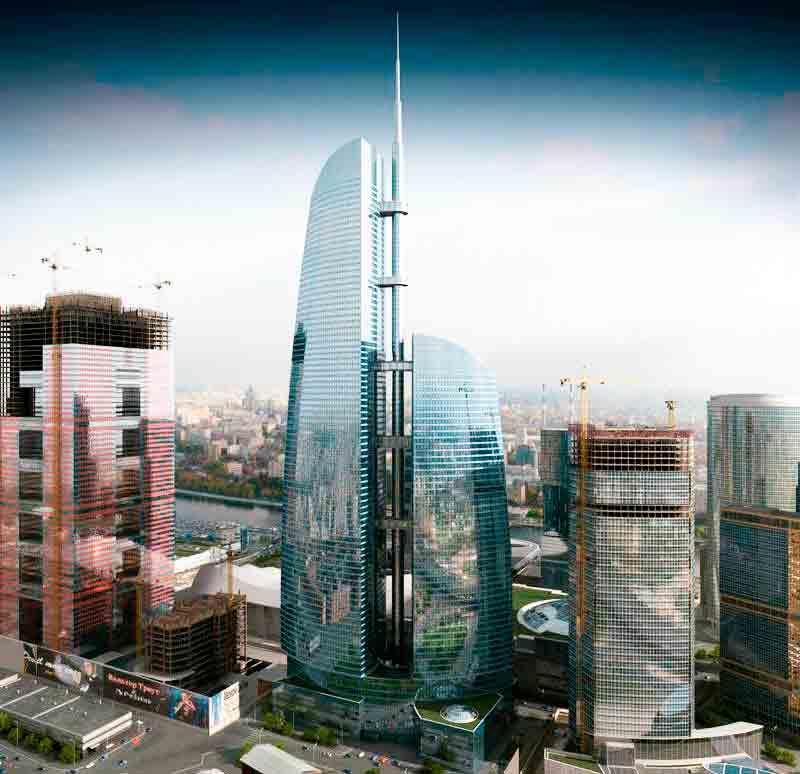
For more than 10 years, thyssenkrupp Elevator has been involved in the Federation Tower Moscow (FTM) construction project. In 2013 — having already installed 23 units — the company was asked to supply and install six additional units, all TWIN elevators. But, there was a catch: the specifications called for a rise of 250 m, but TWINs were limited to a maximum 180-m rise.
The TWIN elevator system, which combines two independent cabs in one shaft, provides greater people-moving capacity. The reduction in space and costs means significant savings for building developers.
The 250-m Challenge
The reason for the limit of 180 m lay in the traveling cable (the main supply line for the entire elevator cab), as well as the sensor system. Comparable in human terms to the circulatory and nervous systems, these parts are entirely indispensable for proper functioning of the elevator system. For example, the traveling cables transmit power and signals to the cab. The problem is, these cables are heavy. In the case of the FTM, each traveling cable weighs around 270 kg.
Weight is not the only issue. The taller the building, the greater the distance the traveling cable for the upper cab must cover. In a TWIN system, that distance also includes the length of the lower of the two cabs, which the cable must pass. Roller guides direct the heavy cable and are normally able to withstand the high force it exerts on them. But, too much force will damage the roller guide system, which impairs travel comfort.
Holger Zerelles, head of the High Rise & Safeties unit at thyssenkrupp Elevator, describes what could happen with a rise greater than 180 m:
“If the cab were to remain at the highest stop overnight, the surface of the roller would flatten. The next morning, this would cause cab motion to feel bumpy until the roller had returned to its proper shape.”
While there are solutions available in which energy and signals can be transmitted by contact-free methods (rather than by the traveling cable), these methods are expensive. For FTM, another solution had to be found.
Rising to the Occasion
The technology team at thyssenkrupp got to work and eventually came up with an alternative that not only overcame the technical challenge, but did so at a lower cost. The solution was to decouple the weight of the traveling cable from the cab and transfer it to the counterweight via an additional rope. This removed the force the cable would exert on the cab itself. “The system is brilliant, yet so simple. Our work resulted in the ideal solution for completely transferring the loads,” says Zerelles.
Once the idea was fleshed out, several simulation scenarios were enacted at a 50-m-tall test tower in Neuhausen, Germany. These provided confirmation that the solution was theoretically possible, while yielding valuable insight into potential problem areas. All that remained was real-world testing.
Technology and Teamwork
Team members Uwe Sturm and Herbert Schönenberger were tasked with putting the system into operation in Moscow, as well as subjecting it to rigorous testing. Their task also included finding a way to adapt the sensor system to the increased rise height. Normally, a freely suspended magnetic strip is used for heights up to 200 m. But, the 275-m shafts in FTM made that method unworkable.
Yet another new solution was required, and, once again, the team devised a novel approach. A magnetic strip was bonded to a spring-mounted steel strip and fastened in the shaft. Sensors mounted on the cab measured the distance between these two components, which was then meticulously aligned to provide a stable means of maintaining precise sensor performance.
Today, the new TWIN elevators are running smoothly all the way up to 250 m. “Without these new solutions, we wouldn’t be able to develop the TWIN further for higher buildings. That’s why we’ve also taken out patents on these new developments,” said Zerelles.
Building Opportunity
The innovations devised for FTM addressed a specific need, but those solutions can also be applied to buildings around the world. This gives designers and builders of high-rise buildings a new and practical tool, and makes additional floors — even significantly taller buildings — more attractive and economically feasible. The process of running an additional rope to the counterweight of the TWIN is currently being implemented and will soon be available on the open market. In addition, a second means of compensating for the weight of the traveling cable is being tested at thyssenkrupp’s new 246-m test tower in Rottweil, Germany.
Get more of Elevator World. Sign up for our free e-newsletter.

